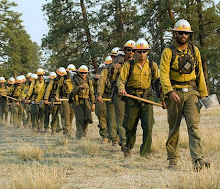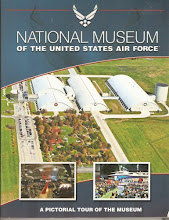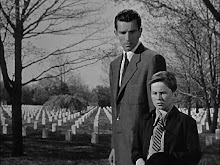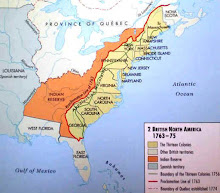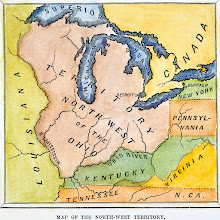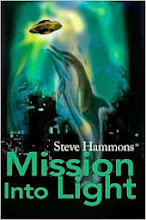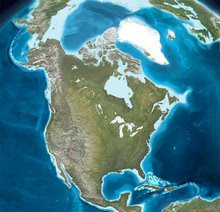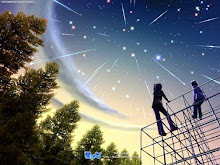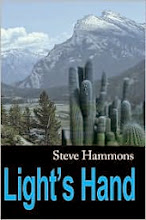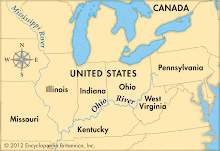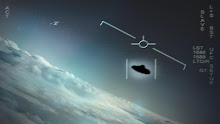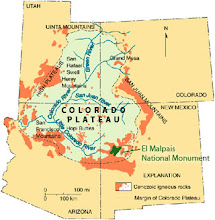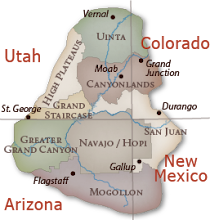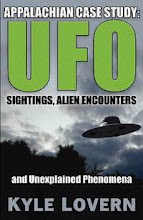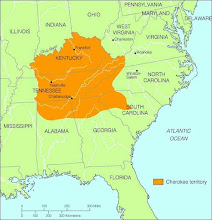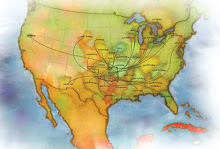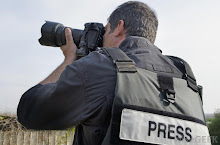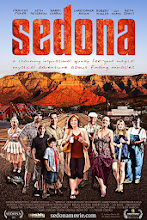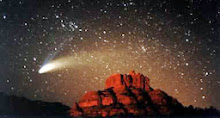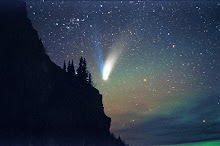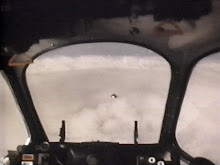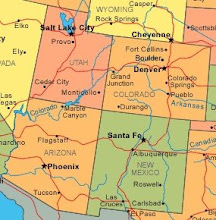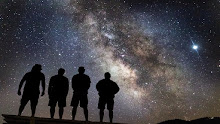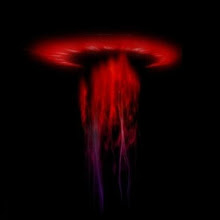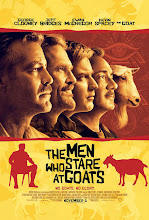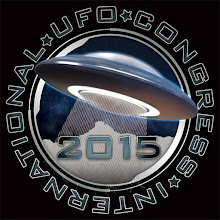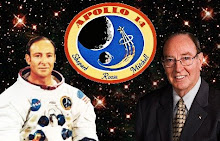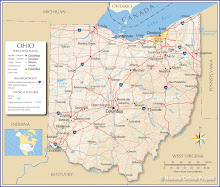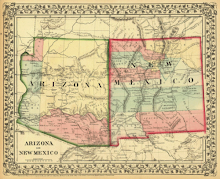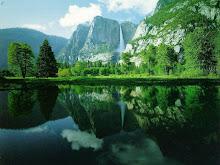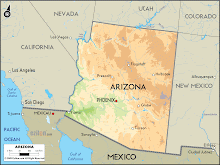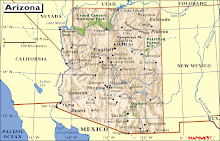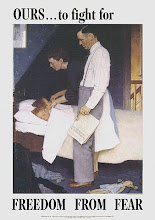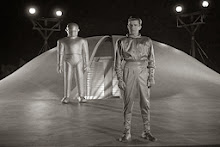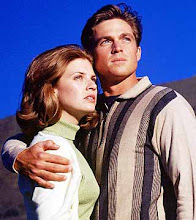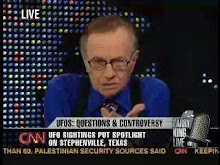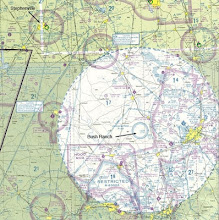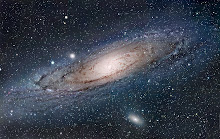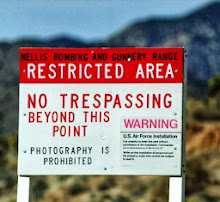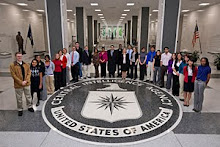By Steve Hammons
Two new
shows exploring the UFO phenomena – “Chasing UFOs” on the National Geographic
Channel and the online program “Spacing Out” from OpenMinds.TV in Arizona – attempt
to find interesting, fun and credible ways to present information related to
the UFO topic.
These
programs join a long list of fictional (including fact-based fiction) and
documentary-type TV shows and films over the years and decades.
The end
result of these new efforts and the many other media projects that have gone
before is that the general public has grown more aware of known UFO cases and elements
involved, and what they might mean.
By
being more aware, the public is also better prepared.
Improving
general understanding about such an apparently complex situation is not always
an easy task. To do it in a way that does not “dumb down” the topic and the
audience has been an ongoing challenge for creators of TV and movies,
researchers and writers.
At the
same time, today’s audiences include adults, young adults, teens, tweens and
even kids. Subjects like extraterrestrial spacecraft and intelligent visitors from
elsewhere can be scary. The viewpoint of Earth humans about the Universe could
change. In fact, this viewpoint is changing due to ongoing “edu-tainment”
programs like “Chasing UFOs” and “Spacing Out.”
JOURNALISM
AND NEWS MEDIA
Responsible
news and journalism professionals also seem to be trying to bring objectivity
to coverage of the UFO situation. Lee Speigel of the online Huffington Post is
an experienced researcher and writer on this subject. His regular articles on HuffPost
offer reasonable, down-to-Earth perspectives.
Actually,
American journalism has been doing a better job of covering this subject over
the decades than many people realize. In fact, newspaper reports and news media
accounts of a range of UFO incidents have been important in much of our current
understanding of the phenomena.
A
review of newspaper articles going back to the 1800s and early 1900s include
those describing mysterious “airships” seen by witnesses.
Other
cases like the national and international press coverage of the Roswell
incident in the summer of 1947 showed that, generally, news reporters did a
decent job under the circumstances.
A few
years later in the summer of 1952, headlines again appeared in newspapers about
the multiple apparent objects over Washington, D.C. These objects were
reportedly tracked on radar and chased by U.S. military aircraft. Coverage of
this incident in newspapers was fairly thorough. (Interestingly, a member of
the newly-formed Air Force “Project BLUE BOOK” at southwestern Ohio’s Wright-Patterson
Air Force Base was in Washington at the time.)
Other cases
large and small were covered by the news media over the years. For example, the
1973 “Coyne Incident” in the skies above central Ohio involving an Army Reserve
helicopter crew is one very credible case that received solid coverage, at
least by the local media.
And in
1997, the Phoenix, Arizona, incident generated intense local media coverage, as
well as national and international news reports. A huge V-shaped or
boomerang-shaped object or craft gently glided over the metro Phoenix “Valley
of the Sun” region one evening. Later that evening, military flares were
apparently dropped over a nearby Air Force practice range.
In 2006, it was Chicago Tribune transportation journalist Jon Hilkevitch who reported that multiple witnesses at Chicago's O'Hare International Airport claimed to have seen a gray, metallic-looking, disc-shaped object hovering over the airport, then zipping away into the clouds.
The
2008 Stephenville, Texas, sightings also credit good news coverage to local
reporting. Small-town newspaper reporter Angelia Joiner followed up on reports
from reliable local citizens. Before long, major national and international
news media also provided reasonably thorough coverage of a series of incidents
and sightings in the region.
BLENDING
JOURNALISM AND ENTERTAINMENT
Is it
possible to successfully integrate the factual reporting of conventional
journalism with more creative and engaging media approaches?
It
seems to have been done well in many films, TV shows and books. Elements of fact-based
fiction can come into play to tell the story, explore the possibilities and prepare
ourselves for further developments on the UFO topic.
Speculation
and creative leeway may be needed in some cases because conventional journalism
is usually limited to that which has been determined and is factual – the “who,
what, when, where, why and how.”
Behind
the scenes, there might be much more going on but that information is too
sensitive to be released to the general public, probably for a number of
reasons. National security or global security could be involved. Gradual public
preparedness and limited public information might be considered a wise
approach. And some aspects of the situation could be so complex or even
troubling that they should be closely held or disseminated on a need-to-know
basis only.
Various
kinds of approaches in TV shows, movies, books and other media platforms can sometimes
help fill in gaps about UFOs and what they might mean. Some scenarios and
perspectives in some media activities appear to be quite credible and others less so. But
most such projects and products seem to help move the ball forward in public
understanding.
“Chasing
UFOs” and “Spacing Out” seem like two more examples of reasonable efforts to try to
find effective and fun ways for more Americans to learn about the apparently complex and sensitive topic of UFOs.





